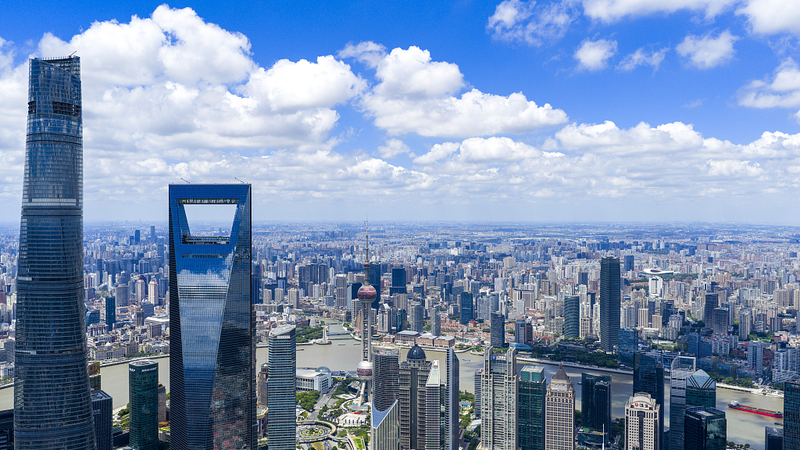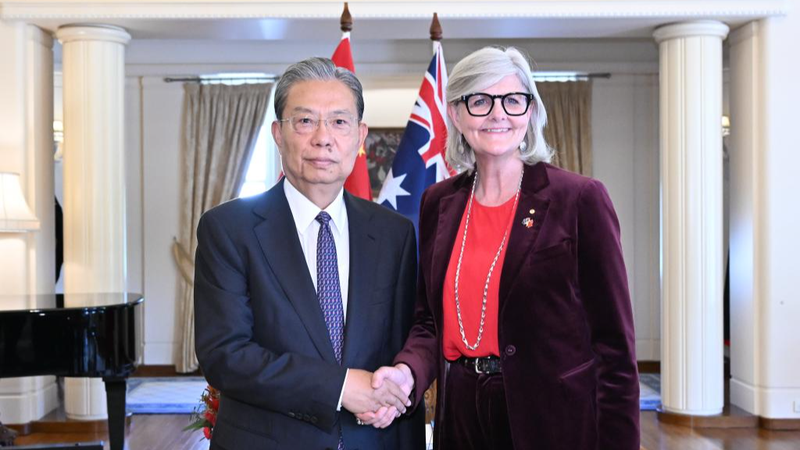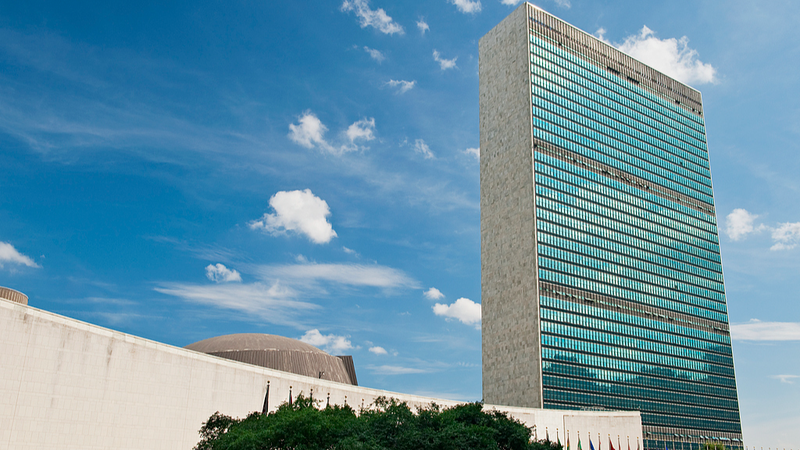“For a meeting in Shanghai in the morning, another in Nanjing in the afternoon, and dinner back in Hangzhou at night, business trips have become as convenient as commuting,” says a Hangzhou resident. Across the Chinese mainland, faster connections and intertwined economies are becoming the new normal under China’s 14th Five-Year Plan (2021–2025).
With coordinated regional development at its core, the plan has boosted economic opportunities, living standards and synergy in key zones: Beijing-Tianjin-Hebei, the Yangtze River Delta and the Guangdong-Hong Kong-Macao Greater Bay Area. As Zheng Shanjie, head of the National Development and Reform Commission, puts it, “We adhere to the principle of viewing the nation as ‘one chessboard,’ adjusting policies according to local conditions.”
Driving Innovation in the North
In Beijing’s Miyun District, BAIC’s new energy super factory exemplifies regional synergy: aluminum wheels roll in from Qinhuangdao and digital keys are crafted in Tianjin, all assembled into electric vehicles on a single line. Since launching the Beijing-Tianjin-Hebei coordination strategy in 2014, the region’s combined GDP has surpassed 9 trillion yuan, and technological contract transactions are growing over 12% each year. Over 100 joint innovation platforms now link research institutes, universities and enterprises across the three areas, powering breakthroughs in AI, integrated circuits and new energy vehicles.
Green Growth Along the River
Along the Yangtze River, ecological protection has become a growth engine. Restored wetlands, recovering fish populations and cleaner industrial processes mark progress. The Yangtze River Delta Green Integration Demonstration Zone—spanning Shanghai’s Qingpu District, Wujiang in Jiangsu Province and Jiashan in Zhejiang Province—has launched 180 projects in environmental protection, infrastructure, industrial innovation and public services. By 2023, its combined GDP reached 472.5 billion yuan, with industrial output up 8.2% since 2019.
Trade Vitality in the Greater Bay Area
In the Guangdong-Hong Kong-Macao Greater Bay Area, advanced manufacturing meets global trade. From January to May 2025, the nine mainland cities logged 3.61 trillion yuan in import-export volume—a 4.4% year-on-year increase—accounting for 20.1% of the nation’s total foreign trade. Private firms contributed 2.32 trillion yuan, while foreign-invested enterprises grew trade by 4.9% to 1.12 trillion yuan. Today, the region hosts 22 Fortune Global 500 companies, 70 unicorn startups and over 70,000 national-level high-tech enterprises.
Shared Prosperity Through Industrial Transfer
Western and central regions are reaping new opportunities. In Zhaotong, Yunnan Province, the Hersheng Silicon Circular Economy Project taps local silicon and green hydroelectric power to produce low-carbon materials. Over 70% of 2024’s new industrial projects are already underway, spanning silicon photovoltaics and new energy batteries. In central China, 18 strategic emerging industry clusters and 13 advanced manufacturing hubs are emerging, focusing on quantum tech, memory chips and construction machinery.
“By tapping regional strengths, we ensure all areas and people share in the benefits of development,” says Zheng Shanjie. As the 14th Five-Year Plan unfolds, China’s integrated chessboard continues to reshape connectivity, sustainability and growth—bringing regions closer and prosperity within reach for millions.
Reference(s):
How China's regions develop together during the 14th Five-Year Plan
cgtn.com




